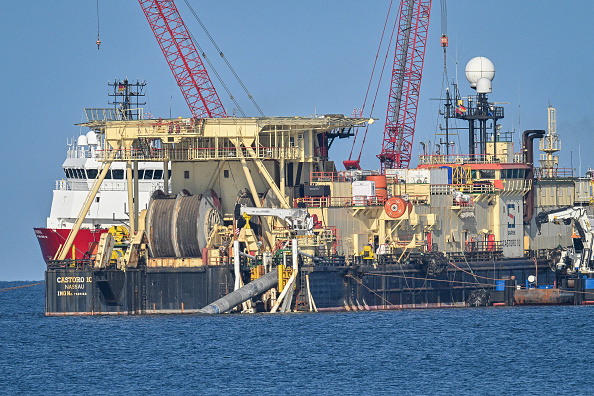Investment in critical minerals has started to fall, just as global demand accelerates, warned the International Energy Agency.
That echoed the European Commission earlier in June as trade tensions and geopolitical turmoil were now causing serious uncertainty.
“Massive investments are required,” said Dārta Tentere, a member of the EC’s cabinet for Trade and Economic Security. “It is not a deal that you can make out of commitment.”
Tentere was speaking at a conference in Brussels on June 6, referring to the US-Ukraine minerals fund. No critical minerals strategy — transatlantic or otherwise — would advance without capital.
She added that the European Union’s approach was distinct: “I would not want to compare the US deal with what we are doing since 2021 and under the Critical Raw Materials Act.
“We handle Ukraine as we would a partner, a candidate, a country who will join the single market,” she said.
Her remarks came as Kyiv and Washington moved to finalise the bilateral fund. A US delegation visited Ukraine on June 5 to discuss the structure of the instrument, Reuters reported. The next day, Ukraine’s parliament passed amendments to its budget code to enable the fund to proceed, according to Ukrainian media.
On June 4, the EC selected 13 new critical raw materials (CRM) projects under the Critical Raw Materials Act, including in Greenland. Greenland has repeatedly urged the EU and US to move faster. “If you don’t invest, China will,” its government told Mining.com recently.
Despite more political attention and new frameworks, actual financing has been lagging.
On June 7, the International Energy Agency published its Global Critical Minerals Outlook 2025. The report showed investment in minerals supply — exploration, extraction and processing — slowed in 2024 after sharp growth in the previous two years.
Demand for lithium, copper, rare earths and nickel remained strong but final investment decisions were now being delayed due to higher project costs, slow permit procedures and uncertain pricing.
Diversification was also stagnating. According to the IEA, more than half of all new extraction projects announced in 2024 were located in just three countries.
Processing remained even more concentrated. “Diversification is the cornerstone of energy security,” the report said. “Yet critical minerals are moving in the opposite direction.”
On the same day, Hong Kong media reported that China’s rare earth exports rose 23 per cent year-on-year in May, despite its own export restrictions. China still dominated both extraction and refining across several key inputs.
Ukraine, though, has emerged as a critical player. Its mineral base included titanium, lithium, beryllium, zirconium, graphite and rare earths. It has been part of the EU’s CRM partnership since 2021 and has been gradually aligning with the EU law, particularly in mining and permit legislation.
The EU’s Critical Raw Materials Act (CRMA), adopted earlier this year, set targets for 2030: At least 10 per cent of annual EU demand should be met by domestic extraction, 40 per cent by domestic processing, and 15 per cent through recycling. No more than 65 per cent of any strategic raw material should come from a single third country.
As of 2023, those goals remained far off. The EU sourced 98 per cent of its rare earths and 93 per cent of its magnesium from China.
More than 60 per cent of lithium imports came from Chile; 68 per cent of natural graphite from China. European mines remained largely under development and most lack secured financing.
The EC said the CRMA projects selected recently were only a first step.
The IEA report, though, made it clear that momentum was fragile and that public and private capital remained the bottleneck.





